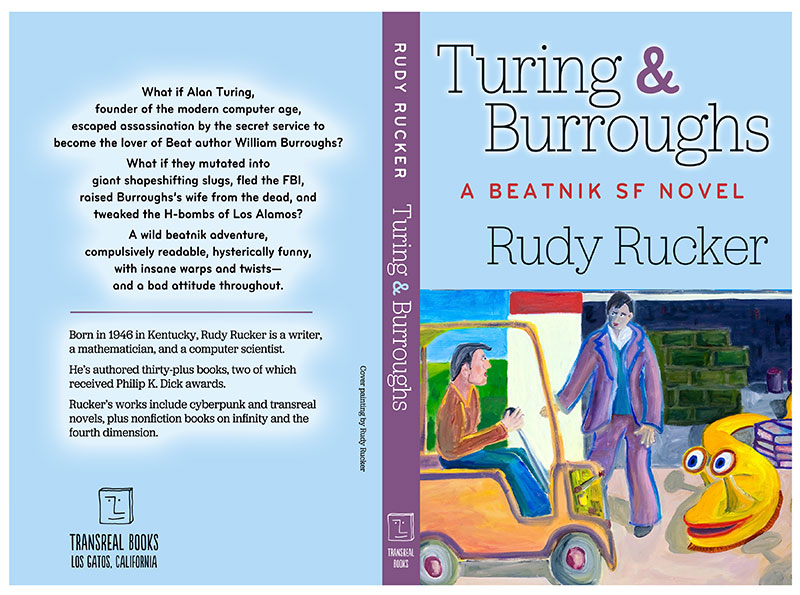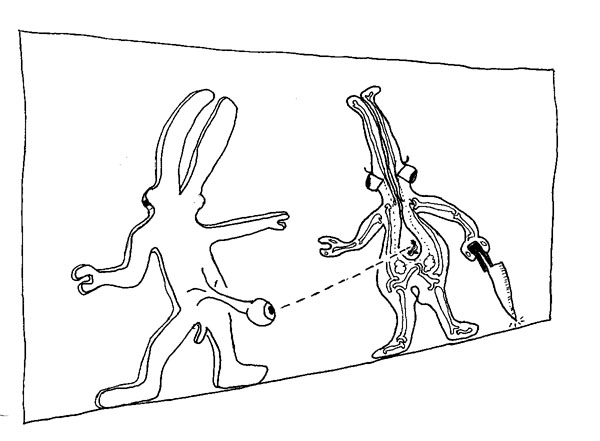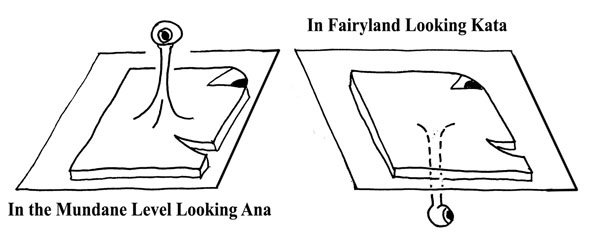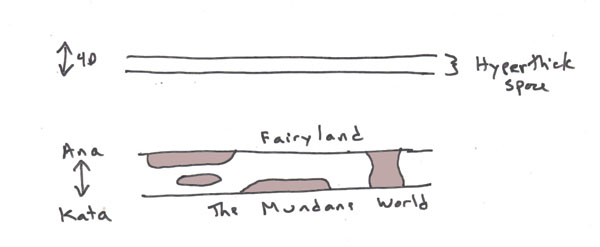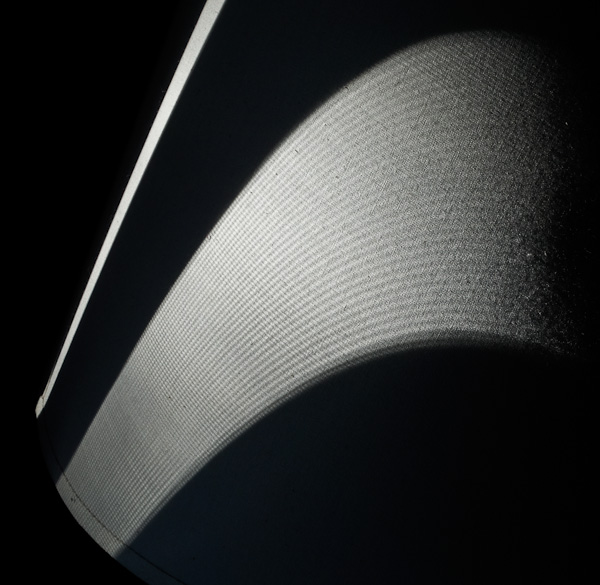This’ll be my last post of 2012. Lots of family coming to town, hooray.
We had a festive lunch at the Fairmont hotel in SF this weekend. Dig the Xmas tree reflected in the grand piano. “Why can’t it always be like this?” said one of our group.

My wife and I were out at the beloved Four Mile Beach north of Santa Cruz last week to look at the unusually low tide, a so-called “king tide.” The surfers were out in the water as usual, working the waves, finding new breaks. I always like to imagine that being a professional writer is a little like being a surfer—you’re out in the gnarl just about every day you can get the chance, taking the flows as they come.

My writing on my new novel The Big Aha has been going well for the last month or two. Unlike my customary practice—at least for the last few novels—I didn’t write up a detailed outline for this one. At the start of my career, I didn’t use outlines either. Back then I just dove in and trusted the muse, making it up as I went along. And now I’m back to that again. So far it’s fun—although eventually I’m likely to hit what Robert Sheckley called a “black spot,” which is when it becomes really hard to keep the story going.
When I get at all stuck, I like to invent semi-bogus explanations for whatever fantastic events I’ve already written in. The explanations themselves may impose constraints or they may open possibilities—in either case, this can lead to new scenes, sequences, and even subplots.
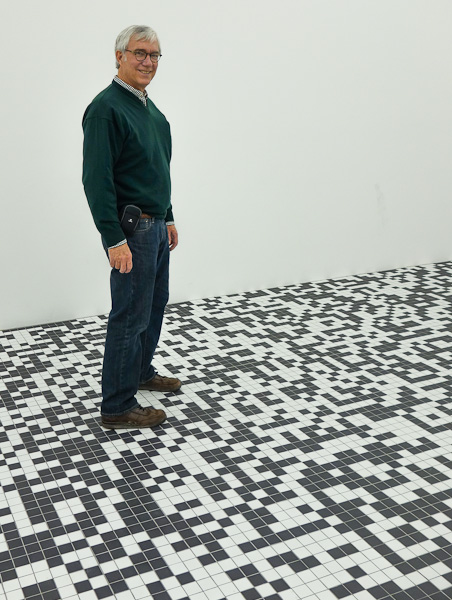
The picture above shows a room at the SF MOMA where there’s a special art installation on the floor this month. Black and white tiles, and as the artist’s crew laid the tiles, they used something like a coin-flip to randomly pick the color of each and every tile as they went along. Patterns emerge. We see things. We hear voices in the noise.
Just because I invent explanations doesn’t mean I’ll always think that they’re true, I mean not for the rest of my life. I do like to convince myself that my latest SF gimmicks are true for as long as I’m working on a story that uses them. “Profiting from” a delusion as opposed to “suffering from” one.
It’s maybe a little late for Xmas shopping, but you certainly ought to get a Turing & Burroughs for a New Year’s gift—if not for yourself then for one of your friends or relatives. Beatnik SF—today’s reader needs it special.

I read Murakami’s long novel 1Q84 this month and enjoyed it a lot. Certainly it could have been about a third shorter, but it kept me reading, and I became fond of the characters. And it had some nice fantasy/SF action in it. Murakami is one of us. Whoever “we” are.
The title is like 1984, but with a Q instead of the 9. The idea is that the main characters spend most of the novel off in an alternate timeline or in an alternate reality. So far as I can tell, Murakami is not an author who spends his spare time in figuring out logical and rigorous explanations for his worlds—complete with spacetime diagrams. He’s more on the “fantasy” end of our field, as opposed to being on the “science-fiction” end.
But that’s fine, Murakami’s book hangs together as well as it needs to, and it has a strong ending.
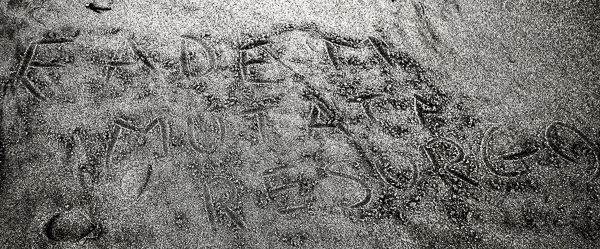
Out at Four Mile beach, I wrote, as I often do at the start of a novel, a favorite slogan of mine in the sand: EADEM MUTATA RESURGO. It means, “The same, yet altered, I arise again.” It was originally meant to be used as the epitaph for a mathematician who did some groundbreaking work on the nature of the so-called logarithmic spiral, the one that swoops out really fast like the exponentially expanding side of a snail shell. I’ve posted about this slogan several times,
Murakami’s 1Q84 inspires me to be looser than usual about the scientific logic in my Big Aha. At least I’m letting myself be be loose while I’m dreaming up scenes and writing them. Just let whatever seems interesting happen.
And then later, due to my SFish nature, I’ll skulk back and cobble up an explanation after all. No harm in this—as I say, the explanation will give me an idea for another scene. Like rainwater streamlines angling away from a gutter-stuck leaf.
I don’t think I’ve ever dreamed up a weird event for which I was unable to craft some kind of bogus explanation. Like taking a random squiggle and fitting it into a sketch of a realistic scene. That’s what it means to be a scientist, no? Rigorous logic.

Have a great holiday season, and all best wishes for 2013!
I’ll meet you in the heart of the Sun.









